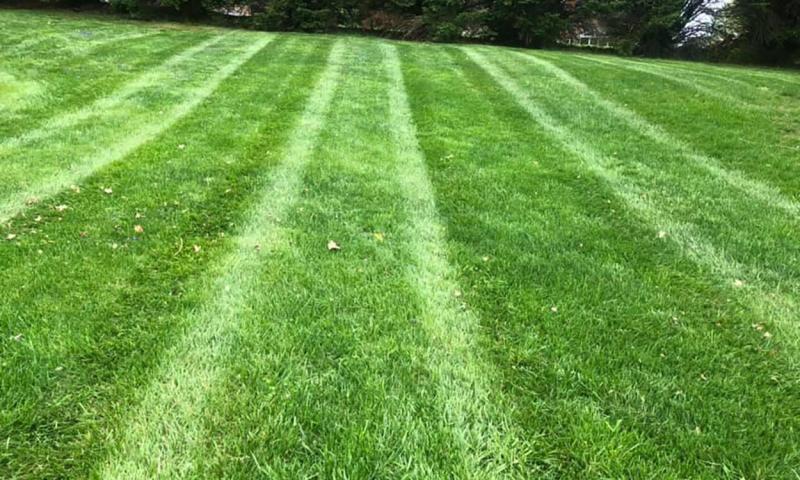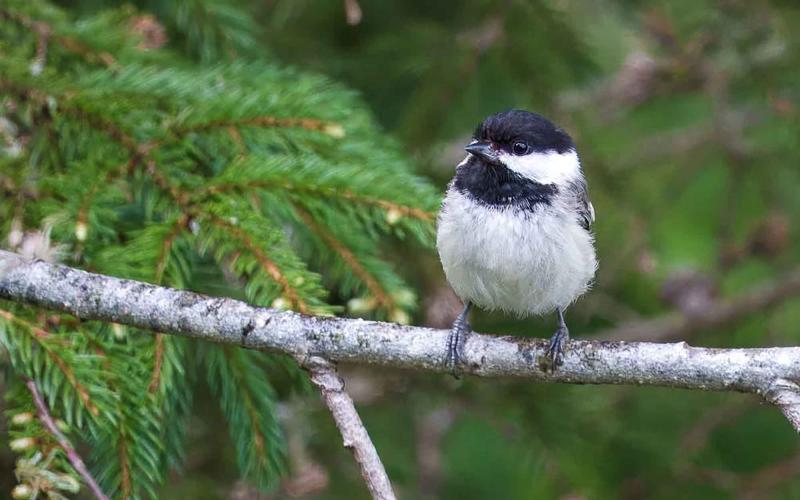
Originally written by Gared Shaffer, former SDSU Extension Weeds Field Specialist.
Herbicide Considerations
1. Decreased Control
Dry conditions cause weeds to be under stress. This decreases herbicide effectiveness with annual, biannual and perennial plants. Dry formulations of herbicides need moisture to activate the herbicide for the plant to absorb the chemical. Weeds under drought conditions tend to show more tolerance to liquid applied herbicides than those growing under optimal conditions, because plants may develop a thicker wax layer on the leaf surface to conserve moisture, which can obstruct herbicide absorption.
2. Volatility
Herbicide volatility is the result of chemical movement after application from the site of application to an undesirable location. The herbicide chemically converts from a liquid to a gas during volatilization. The herbicide application itself is not the problem; volatility of the chemical is the problem. Herbicides that are more prone to vapor drift are synthetic auxins, including chemicals, such as Dicamba and 2,4D. Volatility of chemicals increases with temperatures above 85 degrees Fahrenheit and with decreased humidity and dry conditions. University research has found that even at lower temperatures, some chemicals, like dicamba, can still vaporize and move off target after application.
3. Cost
Spraying herbicides during extreme heat and dry conditions can be costly due to the potential of decreased control, need for higher rates for optimum weed control and possible off-target movement of the herbicide. With decreased control, there will be a higher cost of control and possible wasted chemical use, along with possible liability for damage to desirable plants.
When to Apply
Is there a safe option for weed control in yards during high temperatures and dry conditions?
If there are no nearby sensitive plants where the herbicide will be applied, like flowers or vegetables, then an herbicide application can be effective and safe if temperatures are at or below 85 degrees Fahrenheit during application, and the targeted weed has had sufficient water and nutrients to be actively growing to help herbicide movement in the weed.


